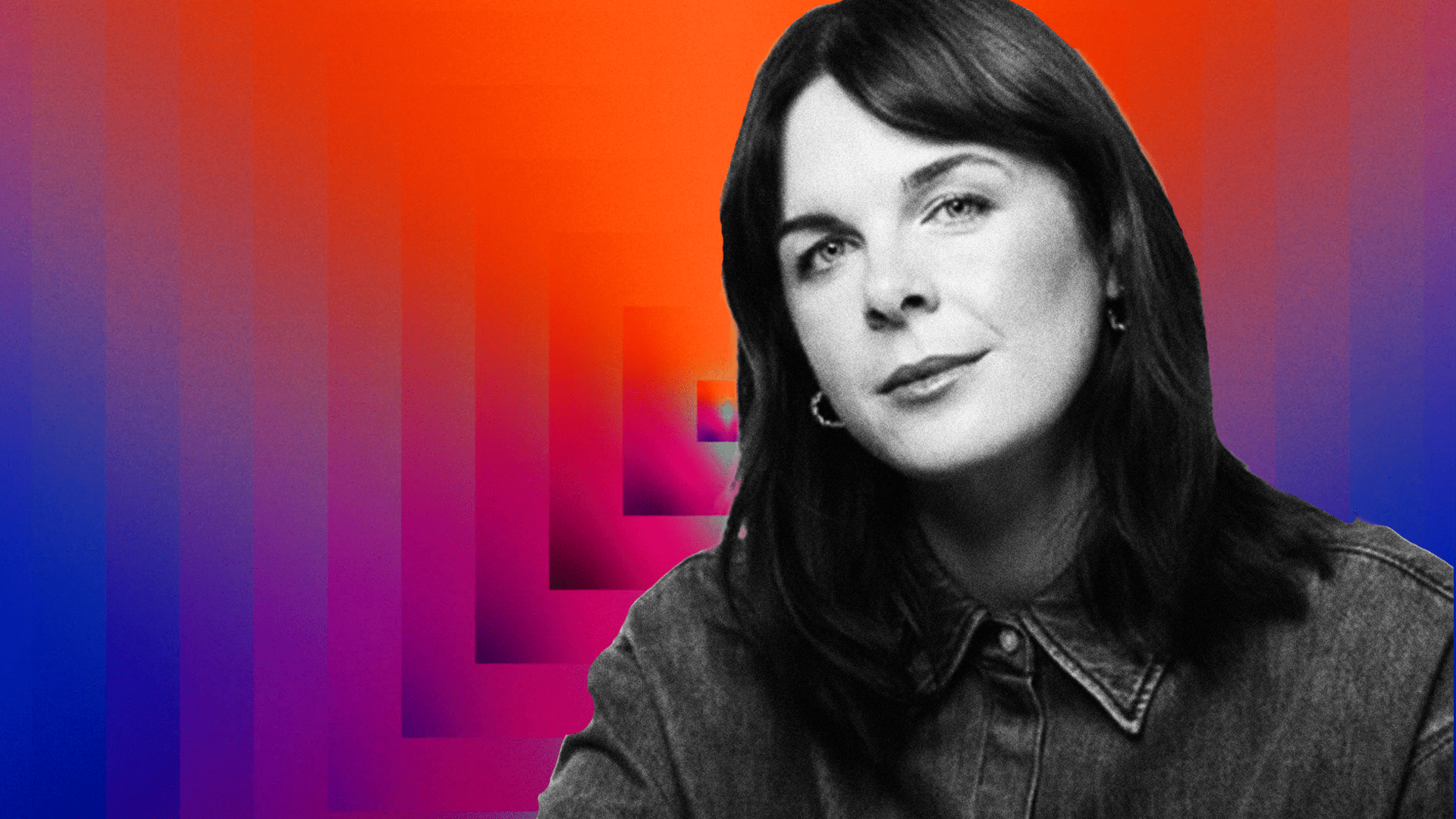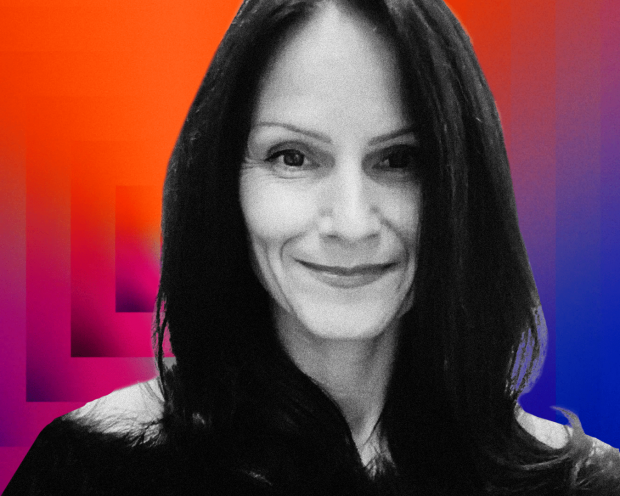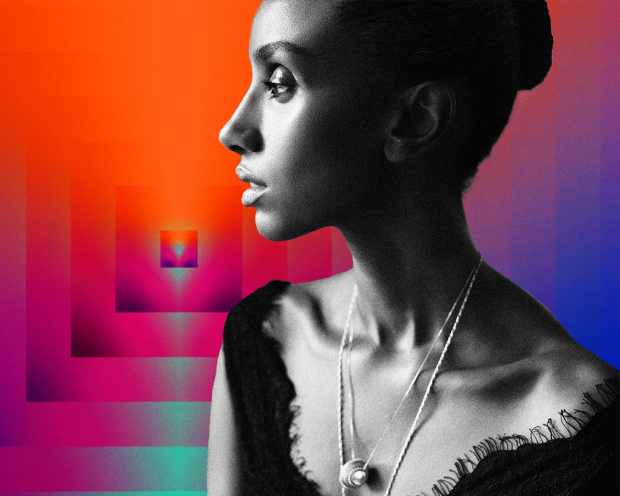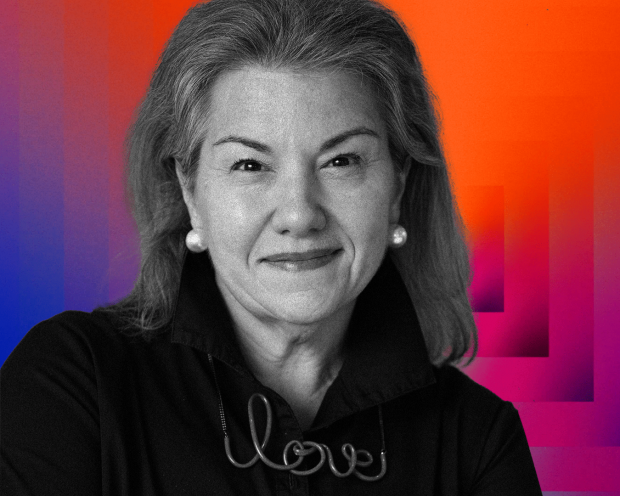In a world constantly seeking innovation and unique experiences, Émilie F. Grenier stands as a pioneering force in experiential design. As Principal at TAIT / Thinkwell in Montréal, Émilie has honed a creative process that centers on the end user while questioning and exploring the physical, emotional and intellectual engagement of individuals within a space. Her approach is a delicate balance between intuition and strategic inquiry, focusing on how a person's heart, mind and body interact with their surroundings to create memorable and impactful experiences. “Every single one of my clients asks me every day, what’s the future of experiential?” says Émilie. “It’s my job to answer that, and it’s an exciting pressure to face. I don’t have a clear answer, though, because for me it comes back to the why. Yes, there’s a business objective, but I need to define that why to bring it to life — to craft a guest journey and a true, meaningful experience.” Émilie’s philosophy extends beyond the spectacle, advocating for the elevation of everyday experiences through a connection to the supernatural. Keep reading to uncover how her work challenges the notion that experiences must be grandiose, and the importance of motherhood in her...



